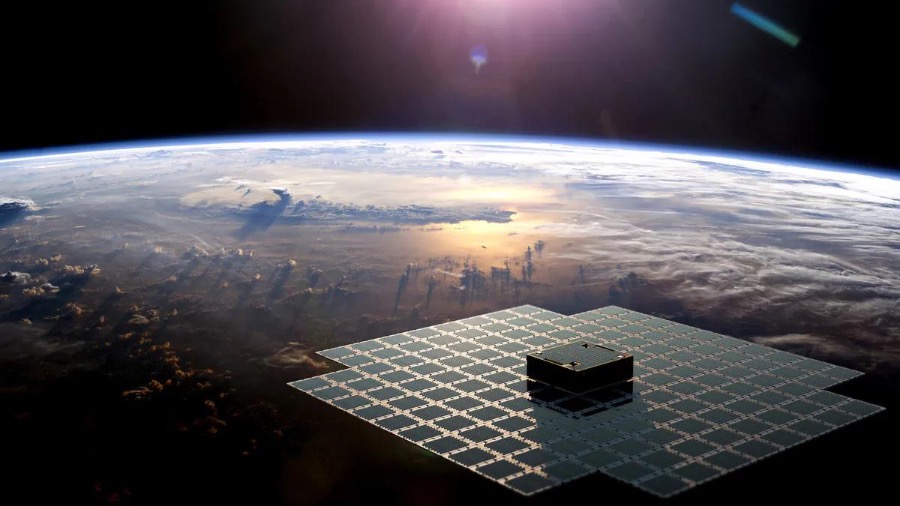
Texas-based AST SpaceMobile successfully tested the world's largest communications satellite, BlueWalker 3, by beaming 4G signals to smartphones, a press statement reveals.
BlueWalker 3, which essentially acts as a space-based cellular tower, is designed to eventually send data at 5G speeds. Due to its massive size, it has caused concern among the astronomical community, with some noting that it is as bright as a star in the night sky.
Earlier this week, AST SpaceMobile announced that its engineers carried out a series of tests of the BlueWalker 3 satellite in June. They beamed data down to regular cell phones on Earth at speeds above 10 Mbps.
The satellite, which has caused controversy due to the fact its size could block astronomical observations, uses AT&T spectrum and Nokia RAN technology. The next step for AST SpaceMobile will be to test the satellite at 5G speeds.
"Achieving this milestone from an unmodified, standard cell phone on the ground connecting through our low Earth orbit satellite is another groundbreaking moment in telecommunications history," Abel Avellan, AST SpaceMobile Chairman and CEO said in the company's statement.
The BlueWalker 3 satellite was launched aboard a SpaceX Falcon 9 rocket in September last year and it was deployed in November. The 693-square-foot (64 square meters) array caused concern around its launch date when Connie Walker, an astronomer at the National Science Foundation's (NSF) NOIRLab, warned that it would be as bright as the star Vega near zenith in twilight.
Several astronomers have flagged the rise in the number of satellites in LEO as a concern. In an interview with IE last year, for example, University of Regina astronomer Dr. Samantha Lawler discussed the massive amount of Starlink satellites SpaceX is lifting into space.
Lawler highlighted the concern that Starlink could contribute to the growing problem of space debris, which already has us on the brink of a potentially catastrophic scenario known as Kessler Syndrome.
